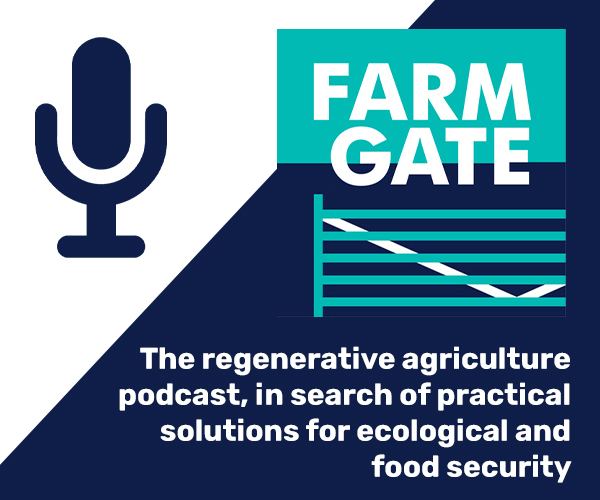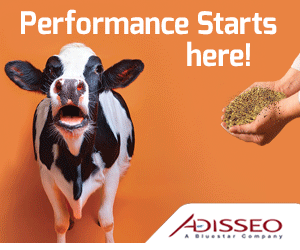



Toxic Poisoning Warning from Dakota Cattle Expert
US - Cattle farmers across the Mid West should be wary of the nasty side of an otherwise nutritious legume, making sure they leave adequate drying time to void bale mould.According to a South Dakota State University beef expert, yellow sweet clover, under the right conditions, can be a highly nutritious forage for cattle but deadly to animals if baled too wet.
The legume contains Coumarin, which is converted into the anticlotting agent Dicoumarol by mould, resulting in internal haemorrhaging in livestock and eventual death, says Professor Ken Olsen.
Dicoumarol can also cause abortion in pregnant livestock but one solution is to cut before the plant gets too big. A tell-tale sign of poisoning is “black, tarry manure”.
“One option is to cut it at a relatively immature state before thick stems are formed,” advises Professor Olsen. “However, once it is in full bloom, the stand is already past that stage of maturity, so extended drying time may be needed.”
He stresses that forage quality is better when the plant is younger and that sweet yellow clover is highly digestible before flowering and becoming tall.
Tests can be done to gauge Dicoumarol level in feeds, which if only low can be negated by blending with dicoumarol-free feed.
Professor Olsen adds: “The bottom line is that hay that contains sweet clover can be an excellent feed as long as the dicoumarol level is known and feeding management is used to prevent poisoning.”
Michael Priestley
News Team - Editor
Mainly production and market stories on ruminants sector. Works closely with sustainability consultants at FAI Farms










